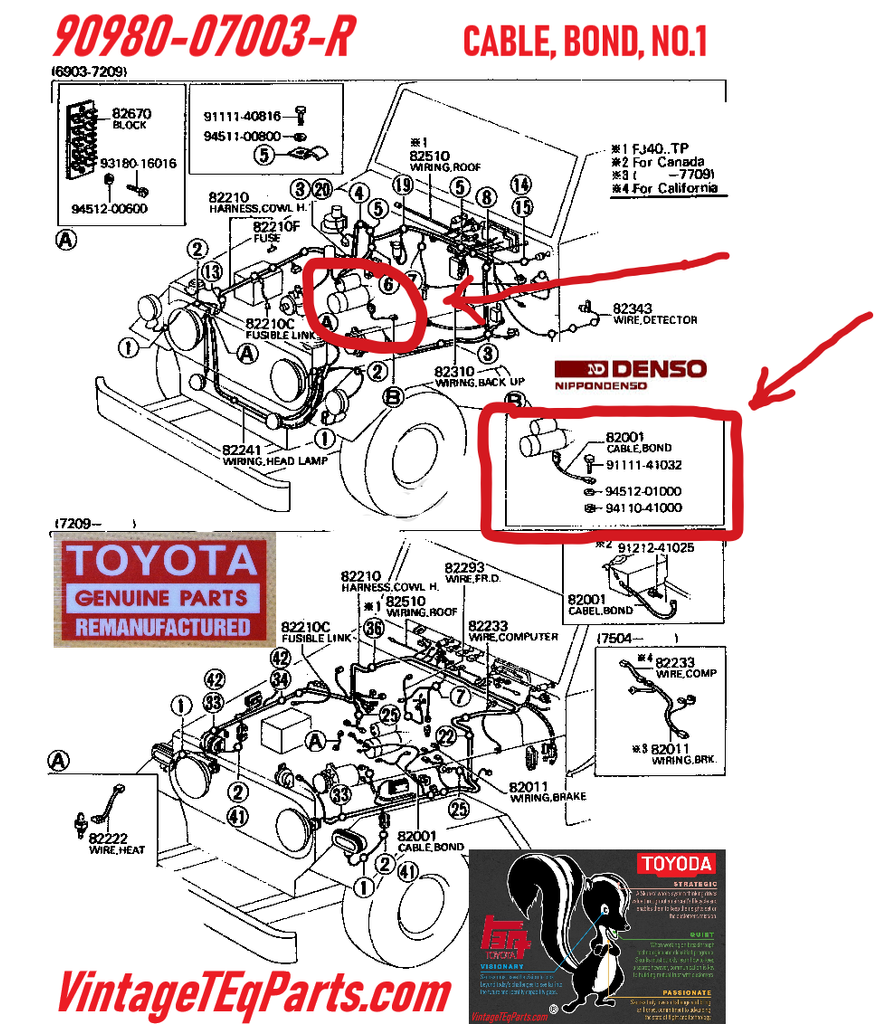Green Bean
GOLD Star
Is there supposed to be a dedicated ground strap going from the starter to the frame? What about from the transmission to the frame? We are not having any electrical issues with our current setup. We have a ground strap running from the battery to the frame and from the frame to the engine. I've seen some discussions that additional grounds are recommended. The FSM's and Haynes don't seem to address this. Anyone have good OEM specs, drawings, etc.?
Thanks.
Thanks.


